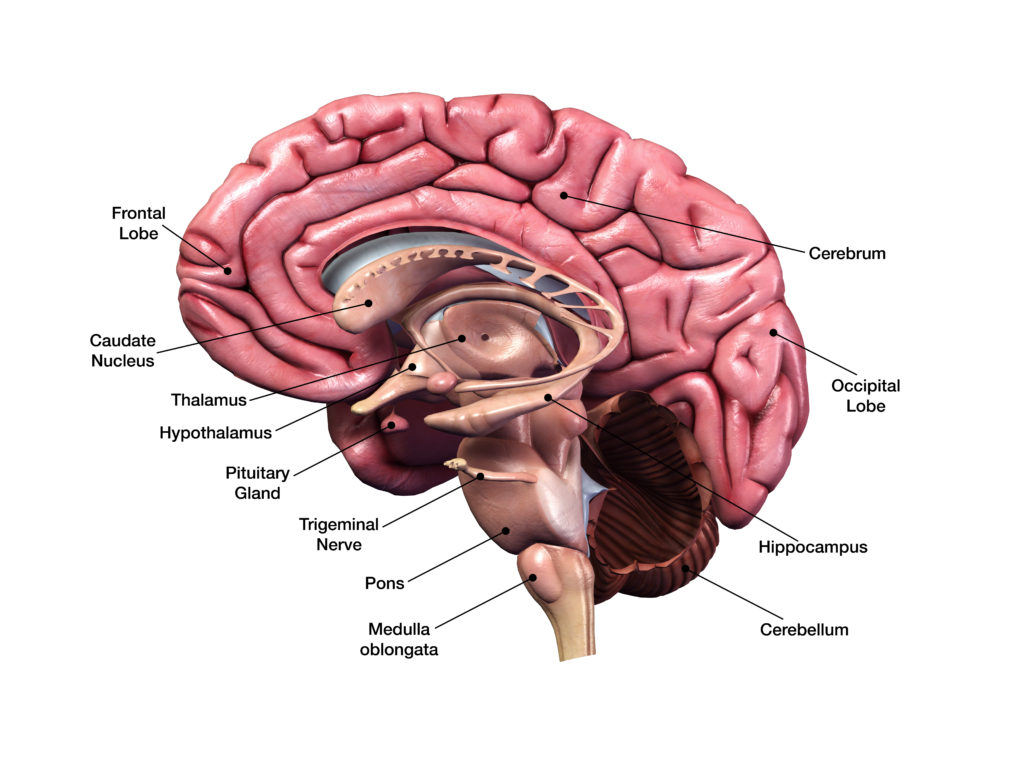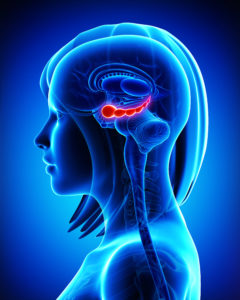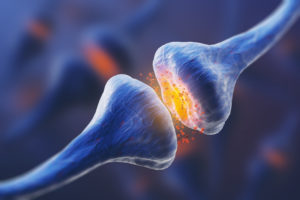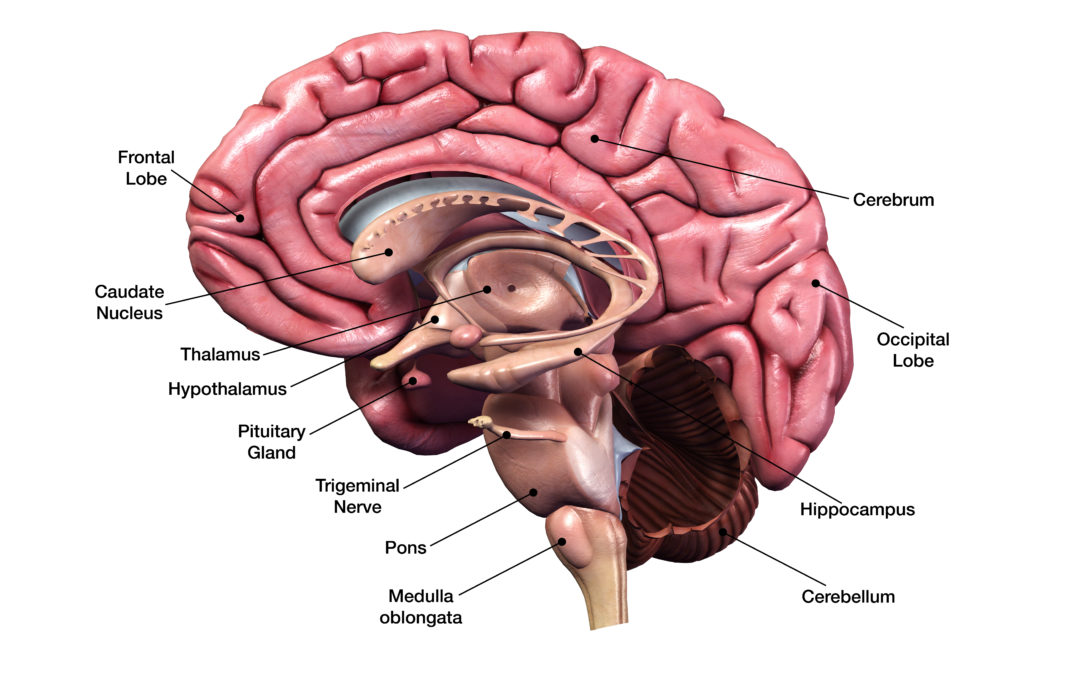“Physical fitness is not only one of the most important keys to a healthy body, it is the basis of dynamic and creative intellectual activity”
– John F. Kennedy
It seems that even without the mountains of supporting research we have access to today, people have had a hunch for quite some time that how we move impacts how we think, believe, and act.
Physical activity’s impact on growing children’s brains and bodies appears to be even more profound. A wide array of research has examined the positive impact of exercise on children’s overall physical health in addition to their ability to learn and behave appropriately.
The impact of exercise on physical health is clearly evident and widely accepted. Judging by the decreased emphasis on physical activity within the schools, however, it appears that the behavioral and cognitive benefits of exercise are not as widely recognized.
When children are active frequently, it positively impacts the growth of important brain structures. When these brain structures are able to increase their level of activity, the results are observed in improved testing and behavioral scores.
Active classrooms are smart classrooms!
While many researchers believe in the “global” impact of exercise on the brain, some specific structures appear to play the most significant role in the exercise/brain function relationship. Below are some of the major players in how exercise sets up kids for academic success.
Brain Structures

Prefrontal Cortex: The prefrontal cortex represents an area of the brain responsible for many rational human behaviors including reasoning, problem solving, comprehension, impulse control, and creativity. Exercise appears to positively impact structures within a child’s prefrontal cortex resulting in an improvement of all of the above, also known as “executive function” (6).
Basal Ganglia: The basal ganglia represent an area of the brain associated with controlled movement, procedural learning, cognition, emotion, and other functions. It appears that aerobic fitness in children is associated with larger basal ganglia volume, particularly in the area known as the dorsal striatum. It is believed this portion of the basal ganglia is responsible for the decision-making process between stimulus and response. This may play in a role in how exercise helps improve aspects of executive function (1).

Hippocampus: The hippocampus is a structure within the brain’s temporal lobe that is active in memory, spatial navigation, and behavioral inhibition. Aerobic exercise appears to create an increase in the size of the hippocampus. This is believed to improve children’s memory (retention of information) and spatial ability (math performance) (2, 5).
Anterior Cingulate Cortex: An area within the prefrontal cortex that can play a role in motivation, emotional regulation, and attention. Physical activity has been shown to positively modify brain function in this region, resulting in improved measures of classroom behavior (3).
Other Important Terms
Brain Derived Neurotrophic Factor (BDNF): A protein that supports nerve growth, maintenance, and the development of new synapses. It appears that exercise creates an increase in BDNF levels within the brain, supporting the growth of neurons and structures (such as the hippocampus). This may result in improved memory and behavior (5).
Executive Function: This is an all-encompassing term for the skills of mental control and self- regulation such as inhibitory control, cognitive flexibility, and working memory. It appears that exercise positively impacts executive function in children (1, 2, 4).
Angiogenesis: The creation and proliferation of new blood vessels. It appears that exercise increases the rates of angiogenesis and as a result, blood supply, within key structures in the brain that impact learning and behavior (4).

Synaptogenesis: The formation of synapses between neurons. Regular exercise appears to increase the rate of synaptogenesis in the areas of the brain responsible for motor control and behavioral patterns (4).
While the above interactions between exercise and brain function have been observed in research, they are making new discoveries every day. In the following years we will come to understand even more about the important role exercise plays in brain function.
Until then…
Exercise appears to offer a variety of advantages for the classroom, so get kids moving! Below are five activities that do not require space/set up or loads of instruction that can be done anywhere, anytime.
Rhythm Moving
Bear, Crab, Butterfly
Follow the Snake
(Draw with chalk or make outline with jump rope)
Agility Shapes
4-Way Balance
Use the above activities and more to help young brains and bodies grow, perform, and become healthy for life!
Are you looking for more activities to improve fitness, learning, and behavior?
Download 20 of SPIDERfit Kids’ favorite Powerful Play® activities for free by clicking below!
- Chaddock, L., Erickson, K. I., Prakash, R. S., VanPatter, M., Voss, M. W., Pontifex, M. B., Kramer, A. F. (2010). Basal ganglia volume is associated with aerobic fitness in preadolescent children. Developmental neuroscience, 32(3), 249–256.
- Christiansen, L., Beck, M. M., Bilenberg, N., Wienecke, J., Astrup, A., & Lundbye-Jensen, J. (2019). Effects of Exercise on Cognitive Performance in Children and Adolescents with ADHD: Potential Mechanisms and Evidence-based Recommendations. Journal of clinical medicine, 8(6), 841.
- Colcombe, S. J., Kramer, A. F., Erickson, K. I., Scalf, P., McAuley, E., Cohen, N. J., Elavsky, S. (2004). Cardiovascular fitness, cortical plasticity, and aging. Proceedings of the National Academy of Sciences of the United States of America, 101(9), 3316–3321.
- Lees, C., & Hopkins, J. (2013). Effect of aerobic exercise on cognition, academic achievement, and psychosocial function in children: a systematic review of randomized control trials. Preventing chronic disease, 10, E174.
- Thomas, A. G., Dennis, A., Bandettini, P. A., & Johansen-Berg, H. (2012). The effects of aerobic activity on brain structure. Frontiers in psychology, 3, 86.
- Tomporowski, P. D., Davis, C. L., Miller, P. H., & Naglieri, J. A. (2008). Exercise and Children’s Intelligence, Cognition, and Academic Achievement. Educational psychology review, 20(2), 111–131.
Brett Klika CEO and co-founder of SPIDERfit is an international award- winning certified strength and conditioning coach, author, and motivational speaker with over 20 years experience motivating and inspiring youngsters to a life of health, fitness, and performance.
Brett consults with schools, athletic organizations, fitness professionals, and fortune 500 companies around the world.





Connect with SPIDERfit!